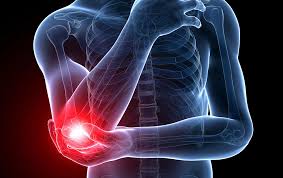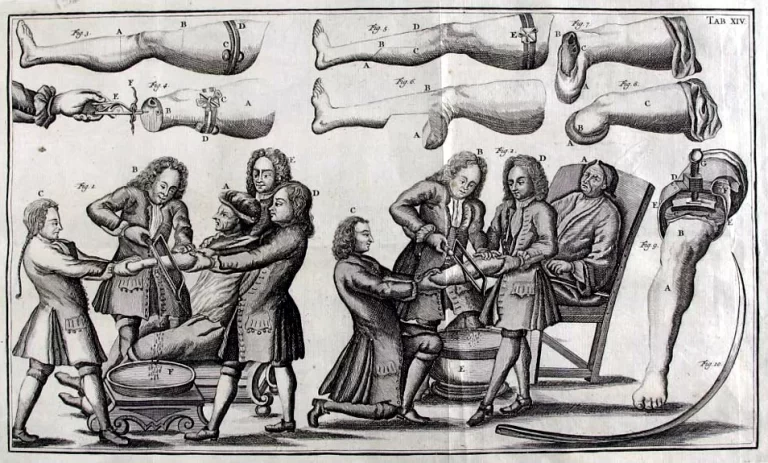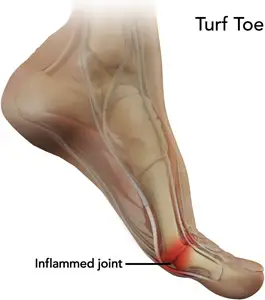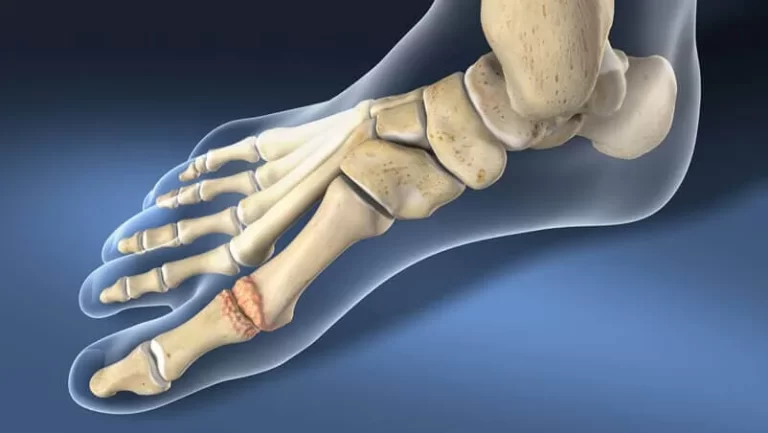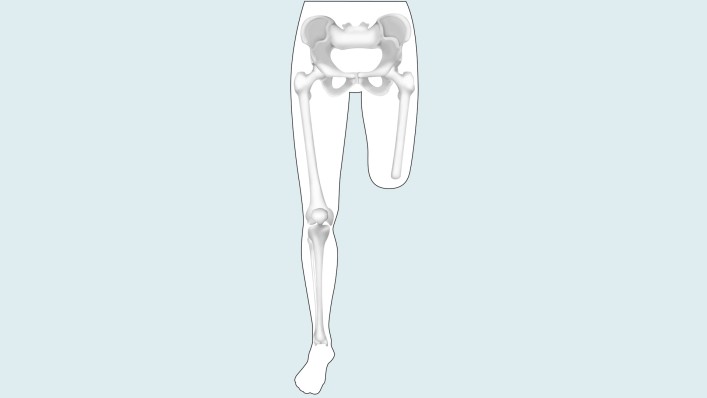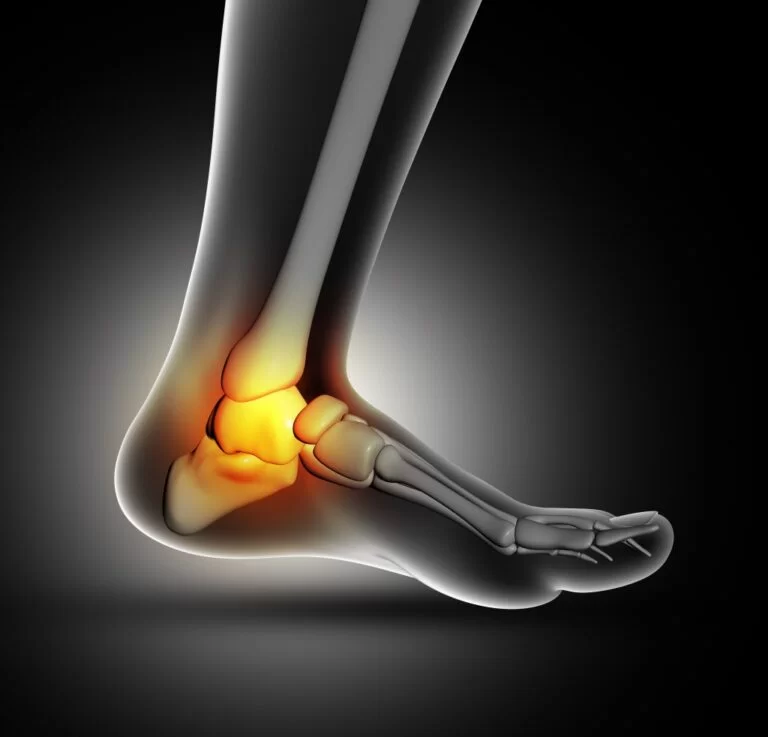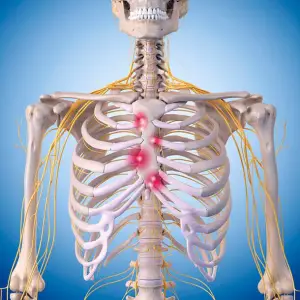Elbow Pain: Physiotherapy Management
What is an Elbow Pain? Elbow pain mostly occurs due to overuse of your muscles around the elbow joints such as Many sports, hobbies and jobs require repetitive hand, wrist or arm movements. Elbow disorders may involve any of the following:– 1.arm muscles2.elbow ligaments3.tendons4.bones in the arm5.bursae Anatomy of Elbow Joint: Causes and Symptoms of…

